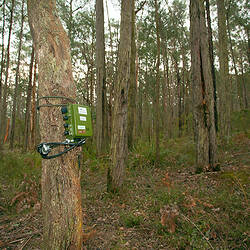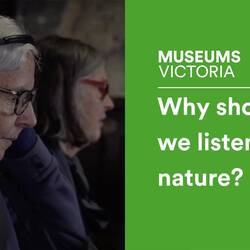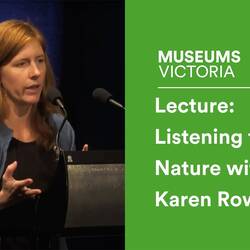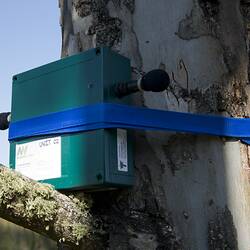Bunyip State Park was established in 1992 and is located about 65 km south-east of Melbourne. There are a variety of vegetation communities within its 16,000 hectares, including heathland, heathy woodland, lowland forest, damp forest and wet forest. The park includes a range of access trails, including walking tracks, horse trails, and 4WD tracks. In the Black Saturday Bushfires of 2009, about 45% of the park was burned burnt by wildfire. Bunyip State Park is home to many native bird and mammal species, including a number of state and federally listed threatened species. The park's bird life includes rare owl species, Golden-headed Cisticola, Southern Emu-wren, White-eared and Crescent Honeyeaters, Yellow-rumped Thornbill and Superb Fairy-wrens and many other species.
The Bunyip State Park Project within Communities Listening for Nature is led by the Friends of Bunyip State Park, with support from local Parks Victoria staff. The Friends group was formed in the mid-1990s as a family-friendly volunteer group. The group undertakes activities to suit all ages and abilities, including planning, creation and maintenance of walking tracks, tree planting, fauna and flora surveys, signage and interpretation, and restoration of habitat for indigenous animals. A key purpose is to foster public awareness and appreciation of the natural values of Bunyip State Park and surrounding habitat. The group has several community engagement projects in addition to Communities Listening for Nature, including working closely with the Victorian National Parks Association on a mammal monitoring project, Caught on Camera, which gathers data essential for park management using motion sensor cameras to document wildlife within Bunyip State Park.
In 2016, the Bunyip State Park Communities Listening for Nature project began with the aim to combine acoustic survey for birds with the already underway Caught on Camera project. The project took place from August to November to maximise documenting birds during the peak of their breeding season. Audio recorders were deployed in sites across the park to capture the sounds of vocalising birds. From these recordings, data on species presences was used to establish up-to-date species lists, with a particular focus on the presence of rare and threatened species. Additional data on habitats where species are found can help the Friends of Bunyip State Park and local Parks Victoria managers understand their distribution across the park.
More Information
-
Keywords
Digital Audio Equipment, Community Organisations, Sound Recording & Reproducing, ornithology
-
Authors
-
Article types







![Audio recording from Bunyip State Park. [ZAV 1024]](/content/img/img-audio-thumbnail.png)
